#the hinterlands
Text
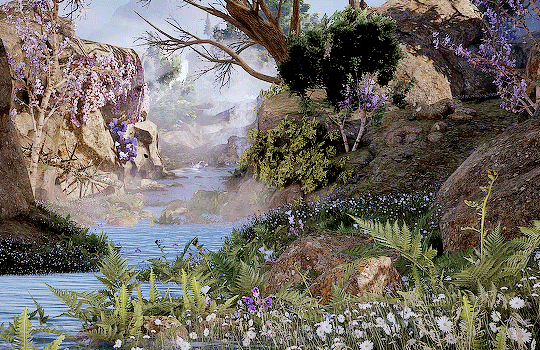
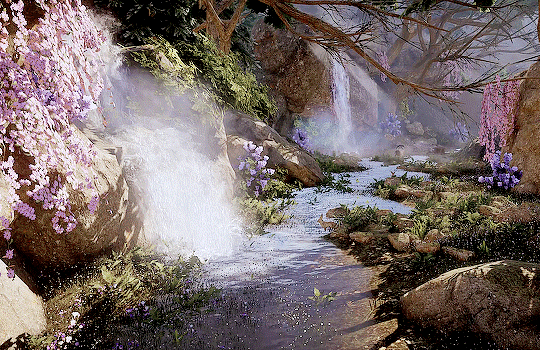

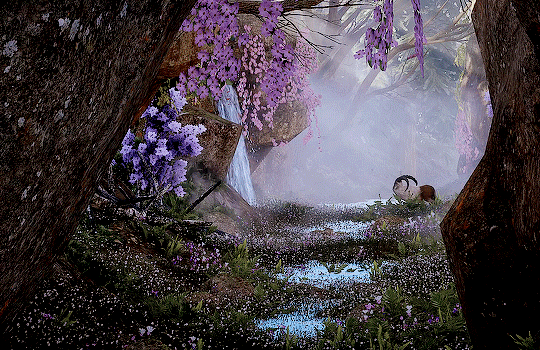
The Hinterlands
#dragon age#gamingscenery#dailygaming#daiedit#daedit#mine#the hinterlands#these bears wanted to be in the video so badly. fine
3K notes
·
View notes
Text


Valammar, The Hinterlands.
tap on gifs if they’re showing up blurry
#dragon age inquisition#dragon age#da:i#dai#dragon age gifs#inquisitor trevelyan#dai gifs#oc trevelyan#dragon age gif set#the hinterlands#varric tethras
176 notes
·
View notes
Text
Why I Love the Hinterlands
The Hinterlands in Dragon Age: Inquisition get kind of a bad rap, and for kind of understandable reasons. For anybody who doesn't know the story, some context. The Hinterlands are the first open world area that unlocks for the player, a vast and highly explorable map full of quests, worldbuilding, and NPCs. So what was the problem? The problem was that the Dragon Age series had set two games' worth of precedent that the player could get locked out of an area and lose access to sidequests and other content—and the devs seemed not to fully realize they were fighting this precedent, or how strong it was, until the game came out and completionist players were getting exhausted and annoyed running around this huge map trying frantically to knock out all the side content before moving on. We still make jokes about devs on twitter trying to tell players that they could leave the Hinterlands. Lines were later patched in for the starting companions urging the player to go to Val Royeaux and advance the plot; you'll hear those lines if you play the game today, but they weren't there in the beginning.
The game's executive producer Mark Darrah has even spoken about this problem in his Dragon Age: Inquisition Memories and Lessons video on YouTube. From a game design perspective I do not dispute this issue. It definitely represents an oversight in the way the area is presented to players and the context they are given for what they should do next.
All that said… I love the Hinterlands, and with every replay (I have beaten the game four times at this point) my appreciation for this area and what it brings to the story has deepened. And as recent polls have raised discussion about the merits of various maps, I've felt moved to rise to their defense, so... here's why I think the Hinterlands are Good Actually.
Every map in Inquisition has its own overarching story, introduced by Scout Harding when the map unlocks and revealing itself through exploration and completing the quests within. Crestwood has the story of the flood during the Blight. The Exalted Plains have the story of the Orlesian Civil War. The Hissing Wastes have the story of Fairel and the surface thaig. And so forth. For this reason, I've come to feel that once you've progressed far enough in the main quest to have collected most or all of your companions, the most rewarding way to experience each area is at one go, as much as possible. Popping in and out of maps to complete one quest at time is, in my opinion, really detrimental to exploration and makes it harder to see the big picture. This is also one place where I really appreciate the invisible approval meter, because it discourages me from always stacking my party to game approval, the way I pretty much always play DA2.
At first glance, the story of the Hinterlands is the story of the ongoing war between the rebel mages and the renegade templars. This is one reason the Inquisitor may go there: to make contact with the rebel mages. They have been offered refuge in Redcliffe and are presently entrenched in the castle and adjoining village; the templars continue to attack the mages' position, and thus there is concentrated fighting in this region. Splinter factions of both mages and templars are also entrenched elsewhere in the area.
But this is just the setup. What the Hinterlands is about, its real story, is the common people.
The Inquisitor is first sent to the Hinterlands to make contact with Mother Giselle, in hopes of gaining some Chantry support. Seeking her out requires the Inquisitor to fight their way through the conflict to reach the Crossroads, where many refugees have gathered.
In these big, sweeping stories about heroes and villains, I think it's easy for the perspectives of common people to get kind of lost. One thing I do appreciate about the Dragon Age series is that every game does make a real effort to give voice to the commoner perspective. Origins has its city elf and casteless dwarf origin stories, and the player encounters many commoners throughout the game and gets to hear a bit of their perspective. Dragon Age 2 wouldn't be Dragon Age 2 without Darktown and Lowtown and the elven alienage and our interactions with the people who inhabit those parts of the city. Oddly enough, though, every human character we've ever had the chance to play in Dragon Age has come from a noble family; sure, Hawke starts out living as a commoner, but doesn't stay that way for long.
In Inquisition especially, we don't have the option of a commoner prologue to really drive home that perspective and carry it through the story. And while a Dalish elf, a Carta dwarf, a qunari mercenary, and a Circle mage certainly live very different lives than a human noble, they also live very different lives than Giles the farmer—not necessarily more privileged, but still different, with differing priorities and different stakes in this conflict. Bron the farmhand has no reason to be at the Conclave; he's here mucking out stalls, knowing the horses still need to be fed even if there is a rift spewing demons over there in the middle of the neighbor's pasture. Elaina the farmer is putting away cabbages for winter and hoping the barn doesn't get burned down by a stray fireball. And Elaina is one of the fortunate ones: her family's home and livelihood are still intact, for now. The Crossroads now hold many ordinary people who through no fault of their own have lost their homes, their crops, even family members.
Theirs is the perspective we get in the Hinterlands.
You don't have to stick around for all that. You can take Mother Giselle’s advice immediately, go to Val Royeaux, go deal with bigger and more important things and people. You will need 4 Power to go to Val Royeaux, but Power is easy to come by. Close a few rifts, and you’re good to go. You don’t have to care about these refugees and their problems.
But you know, something I notice is that the founders of the Inquisition spend a whole lot of breath talking about "the people." How they have to restore order for the people. How the people are looking to us—to you, Your Worship. The people need you. The people need to believe in you. That’s why we’re raising an army and building a cult around you! For the people.
Well, here are the people.
And if you talk to the people at the Crossroads, it turns out that what they actually need is less faith in Andraste’s chosen, and more blankets for the cold nights, medicine for the sick and injured, and food so they don’t starve. They need the war ended and the Breach closed so that they can return to what’s left of their homes and salvage what crops and livestock they can.
It is easy to feel a bit smothered by the Inquisition’s overwhelming Andrastian-ness, especially when playing a character who has their own religious beliefs, or none at all. We have a lot of characters trying to tell us about the importance of faith—their faith, specifically. We’re told that the people need to believe, and that’s why we have to play the role of this figurehead. And you can run with that idea and play it straight, if you want to. But there is, in fact, a different story to be found here, if you want to look for it—a story told in the world itself and the people who who inhabit it: people cannot eat faith.
And Mother Giselle, the person we are sent to the Hinterlands to find, knows this. She is certainly a devout Andrastian and deeply influenced by a life in the Chantry—but she also chooses to be on the ground helping people in need rather than arguing with her fellow clerics in Val Royeaux. After the attack on Haven, Mother Giselle and the Inquisitor have a conversation about faith, in which the Inquisitor points out, in one way or another, that faith may not be enough. Giselle may seem to disagree. Yet it is she who then leads the survivors in a song that does not mention the Maker or Andraste even once. The much-maligned “The Dawn Will Come” is so frequently assumed to be a Chantry hymn because it is Mother Giselle who starts it; even the fan wiki lists it as such. But I hear something much more akin to a folk song, a marching tune—not a high holy chorus for a cathedral choir, but a song with a simple tune and repetitive lyrics, about hope in dark times.
Perhaps she was rather more persuaded than she appeared.
When you ask your ambassador Josephine, “What do the people make of us?” she tells you how many noble allies you’ve gathered. And that’s not unimportant; this boots on the ground shit costs money, and most of that is coming out of noble coffers. But when you ask Mother Giselle, “How are the people?” she speaks of the terror and suffering of the people in the Hinterlands, and warns of mass starvation if the farmers cannot return to their fields.
This is the story of the Hinterlands.
And the density of side quests on this map reflects that. In addition to aiding the refugees with food, blankets, and medicine, there are so many more opportunities to help people in small but meaningful ways. An elven widower who cannot reach his wife’s grave through the fighting asks the Inquisitor to bring flowers there as is his custom. A grieving widow asks for the retrieval of her husband’s wedding ring from the templars who murdered him. A beloved ram has gone missing. A mage mourns her templar lover and the war that has come between them. A note speaks of two brothers, templar and apostate, torn apart by the war. A son has gone off to join the cult in the hills (no, not our cult in the hills, another one), and his mother needs the special remedy for her breathing problems that only he knows how to make. And so many more. Even the Winterwatch cult itself asks us to consider what it is the people truly need: the Inquisitor can enlist them as Inquisition agents, or ask them to aid the refugees.
Are all these sidequests vital to the plot? No. You can skip them if you want to. Are they relevant to the plot? Absolutely. Are they meaningful? To me, yes. Maybe they didn't change the whole world, but they changed something for these people.
It is so important to me that we get to actually meet the common people whose lives are depending on us. Whatever you think of the Inquisition itself, people actually are dying because of both the rifts and the war, and many more will die if these problems aren’t resolved. Meeting them, giving them names and faces and side quests dealing with their more mundane needs is so much more meaningful to me than standing around back at base being told “People are starving in the Hinterlands.”
It's understandable that the Hinterlands had to fight the precedent set by Lothering getting locked off, because in many ways the Hinterlands serves the same narrative purpose as Lothering: showing the effects of the present crisis on the common people and what's at stake for them.
I should note that the Hinterlands are not the only part of the game that addresses the impact on common people—far from it, in fact. The Exalted Plains give us a taste of how many have died for the Gaspard's attempted coup; Emprise du Lion shows us commoners kidnapped and tortured by Red Templars; the Winter Palace puts the bloody reality of the "Grand Game" in stark contrast to its gilded veneer with the indiscriminate murder of servants for expediency.
But it’s important that we are introduced to the suffering of the common people early in the game, when the Herald—not yet the Inquisitor—may still feel pretty shaky on their motivations for even sticking around.
While I've mostly been talking about non-mage commoners here, I do want to say a few words about the rebel mages as well, since they too are a part of the story of the Hinterlands. I hope that no one reading thinks I am blaming the rebel mages as a whole for what's happening in the Hinterlands, for what the common people here have suffered. The templars, notably, are not entrenched in the Hinterlands. Their present stronghold is Therinfal Redoubt, an old Seeker fortress, which is a significant distance from Redcliffe. The fact that the bulk of the fighting is taking place near Redcliffe, while we've no evidence of a mage offensive against Therinfal, makes it pretty clear that it is the templars who are pursuing the mages at this point, not the other way around. Certainly some in the region may not bother to make that distinction while their crops are on fire, but let's be clear about the story the map is telling us: it is the mages who are under attack here, not the templars. It is sometimes said that Inquisition deliberately draws a false equivalence between the mages and templars in this war. I would like to point to this piece of environmental storytelling as evidence that that is not entirely true.
Sometimes, it seems like pointing out that collateral damage happens is read as condemning an oppressed people for defending themselves. I want to make it clear that this is not what I am saying. I simply feel that those characters who have lost homes and livelihoods in this conflict are also worth seeing, and talking about. But I also don’t think it’s an accident that this is the map whose story is all about the suffering of ordinary people, and it is also the rebel mages who have their base on this map; the templars do not.
So, that’s why I think the Hinterlands are Good Actually! They contain an absolute wealth of worldbuilding, and their story frames the game’s central conflicts around the people suffering for them, early in the game when that perspective is most needed.
581 notes
·
View notes
Text



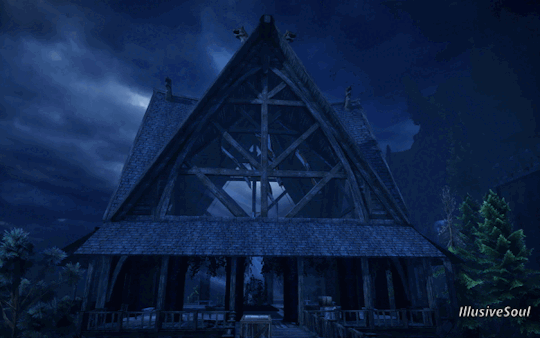
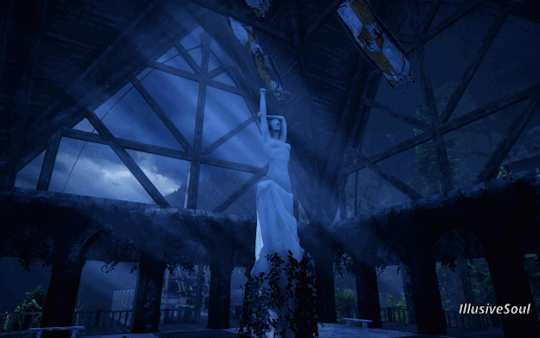
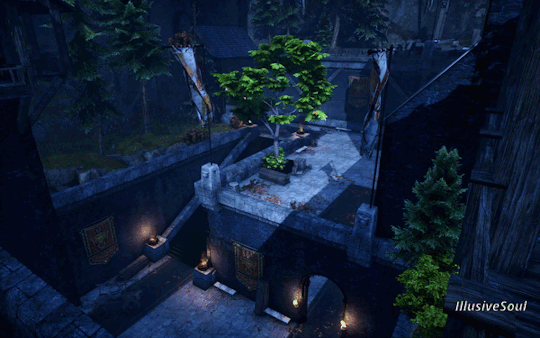

Dragon Age Inquisition Scenery - Grand Florest Villa
Before the Orlesian occupation of Ferelden, Arl Jacen Guerrin ordered its construction to serve as living quarters for his "close friend," famed singer and swordsman Ser Corram the Bard. Arlessa Marguerite, Jacen's wife, understood and supported her husband's relationship with Corram—only stipulating that the bard not live at the castle to avoid any public scandal.
"Arl Jacen's Ride" was a popular tavern song for many years, jokingly honoring the arl's attempts to return from the villa before the sun rose. Ser Corram lived happily there until his death at the age of 90, several years after the death of Arl Jacen himself. Arlessa Marguerite ordered Corram's body burned with full honors in a hunting cloak that belonged to the arl.
After Ser Corram's death, the villa was used by the arl's family as a summer home. It was abandoned during the chaos of the Fifth Blight.
#dragon age#dragon age inquisition#illusivesoul's dai scenery#illusivedits#illusivesouledits#ferelden#the hinterlands#gamingscenery#dailygaming#gameplaydaily#gamingnetwork#vgedit#gamingedit#videogameedit#dragon age scenery#dragon age gifs#userrivensbane#usermorvaris#userblighted#usertravelllar#da i#da inquisition#userbread#userterendelev
59 notes
·
View notes
Text
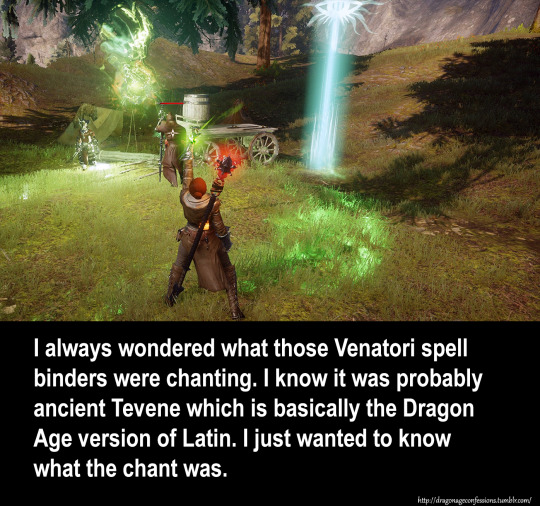
CONFESSIONS:
I always wondered what those Venatori spell binders were chanting. I know it was probably ancient Tevene which is basically the Dragon Age version of Latin. I just wanted to know what the chant was.
63 notes
·
View notes
Text
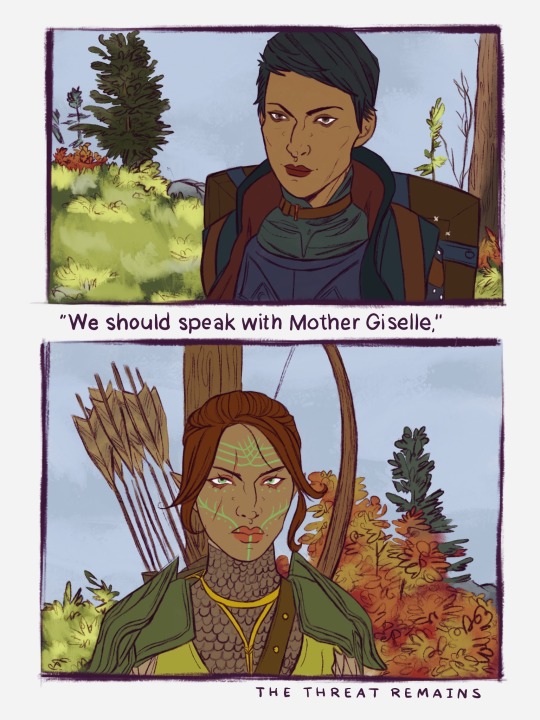
🍂 If your Inquisitors don’t have an inheritable PTSD of the Hinterlands every time you starts a new game, are you even playing Inquisition right?
#>#recruits mother giselle#dorian doesn’t know a day of peace#<#dragon age inquisition#dragon age#the inquisitor#the inquisition#inquisition#dalish#vunin#lavellan#vunin lavellan#the hinterlands#hinterlands#bioware#cassandra#cassandra pentaghast#dai
1K notes
·
View notes
Text

And then there's Solas. He joined the Inquisition at the same time as Varric. He's obviously an elf, but he doesn't have a nice opinion of Dalish elves, and he doesn't look like a city elf either. He doesn't talk much about himself. In fact, he hardly talks at all, to anyone. But when I talk to him, he says things that I feel like he's a thousand years old. You just don't see so much knowledge and interesting opinions.
Funny story - he had no hair when he joined us. But Sera kept making egg jokes until he got mad and one day he just came out with a pigtail. (I bet he used magic rosemary oil.) I think he looks great, but Sera is making pig tail jokes now.
#dai#dragon age inquisition#dragon age#inquisitor#lavellan#solas#solavellan#solas with hair#the hinterlands
13 notes
·
View notes
Text
There are a number of concepts from the old Warcraft RPG books that I’m fond of. One that reoccurred to me to day was the Wildhammer settlement in the mountains of Ashenvale. There isn’t much written about, but we know they raise gryphons and keep an eye out for anything out of the ordinary to report to the Night Elves. I don’t know, I just love small stuff like that and seeing the cooperation between two groups we don’t really see together much.
This is also part of the reason I have a fondness for the Hinterlands. Wildhammer, High Elves, and Draenei all in one place is a cool concept to me.
#WoW#World of Warcraft#Warcraft#Warcraft RPG#WoW RPG#Ashenvale#Wildhammer#Wildhammer Clan#Wildhammer Dwarf#Night Elf#Kaldorei#Kalimdor#The Hinterlands#Quel'Danil#High Elf#Draenei
44 notes
·
View notes
Text



#dragon age#dragon age: inquisition#dragon age inquisition#da#da:i#dai#virtual photogrpahy#the hinterlands#jg
39 notes
·
View notes
Text
Nighthawks
Nighthawks follows Vaughn, an ex-sailor who is grappling with his acquired fear of the sea and the sea's mysterious call as he faces the ghosts of not just his past, but other sailors', as well.
✧✧✧✧✧
Nighthawks - It's been a long time.
Excerpt:
Vaughn paced in the sand, chewing on a toothpick. People taking their evening stroll had begun to stare, but he couldn't see them, couldn't even hear them. He only heard the whispering water and saw that fine line he was treading between hinterland and humanity.
#writing#writers on tumblr#writing community#creative writing#fiction#writeblr#writer blog#writing blog#short story#short stories#vaughn#sailor#sailors#ghosts#nighthawks#the past#fear#the hinterlands
7 notes
·
View notes
Text

10 notes
·
View notes
Text

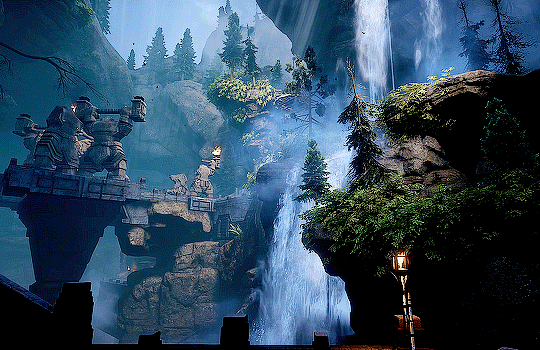


Valammar.
#dragon age#gamingscenery#daiedit#gamingedit#dragon age inquisition#mine#valammar#the hinterlands#the deep roads#da:i
2K notes
·
View notes
Text


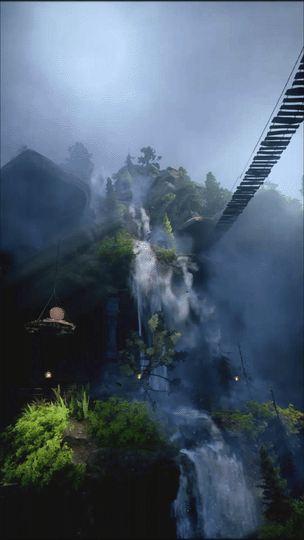
Valammar, The Hinterlands.
tap on gifs if they’re showing up blurry
#my fav place in the hinterlands#dragon age inquisition#dragon age#da:i#dai#dragon age gifs#inquisitor trevelyan#dai gifs#oc trevelyan#dragon age gif set#dragon age fandom#the hinterlands#varric tethras
33 notes
·
View notes
Text
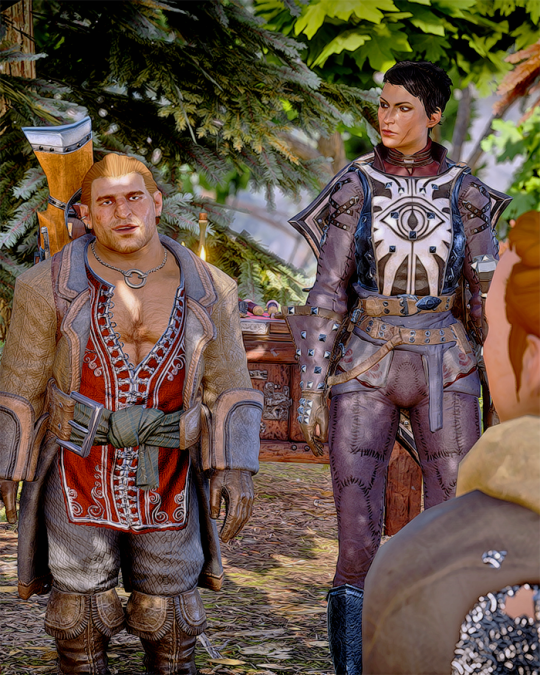

"...Cause then you'd be Harding in Hi- oh never mind."
#disgusted noises#dragon age: inquisition#varric tethras#cassandra pentaghast#scout harding#dai#the hinterlands
45 notes
·
View notes
Text
The Hinterlands

Dragon Age Inquisition
#dragon age dreadwolf#dragon age inquisition#dragon age 2#dragon age origins#dragon age#dai#da2#dao#da:d#the hinterlands#hinterlands#andraste#game screenies#game screencaps#game screenshot#game screenshots#game scenery#screenies#screencaps#screencap#screenshot
22 notes
·
View notes
Text

CONFESSION:
I remember this one agent we get to recruit the hinterlands and wanting to call him a dumbass for assuming his ladylove would be safe making the journey alone to meet him at that cultist place.
Here is his dialogue if you did not find the body first.
youtube
#Dragon Age Confessions#Dragon Age Inquisition#The Hinterlands#Berand Critical#Thank the Maker for Youtube#Youtube
47 notes
·
View notes